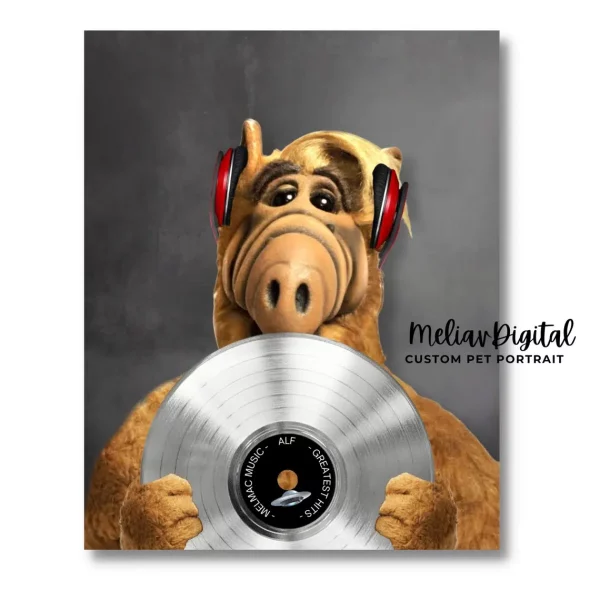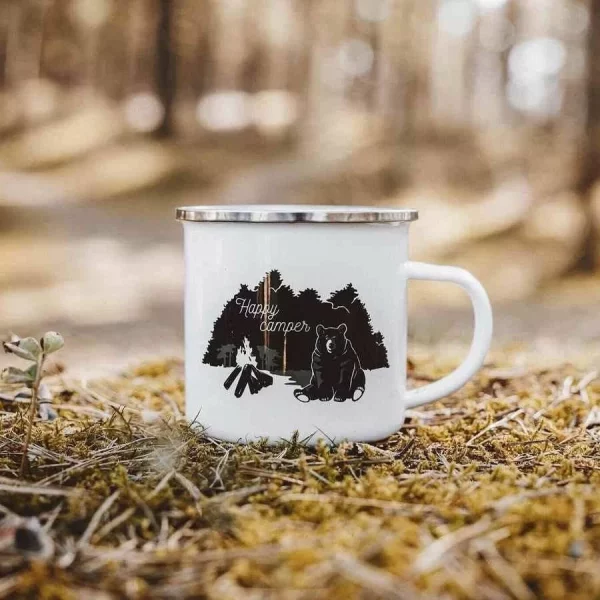
How Winter Affects Our Pets and What You Can Do to Keep Them Safe 🐾
Protecting Your Furry Friends During the Cold Season 2025
As winter approaches, pet owners everywhere begin to worry about how the dropping temperatures will affect their beloved pets. Just like humans, pets are sensitive to cold weather, and taking the right precautions is crucial to ensure their comfort and safety during this season. Whether you have a dog, cat, or any other furry companion, this guide will provide you with everything you need to know about keeping your pets warm and happy during the colder months.❄️
For more tips on the emotional well-being of pets, visit The Emotional Impact on Our Beloved Pets. 🐶
The Dangers of Cold Weather for Our Pets: Common Winter Ailments 🧣
Winter brings its own set of challenges for pets, especially for older animals. One of the most common issues is joint pain, which can worsen in cold, damp weather. Just like humans, pets with arthritis or other joint problems might struggle to move around comfortably in the cold. This can be particularly concerning for senior pets, whose bones and joints are more fragile. ❄️
Changes in temperature can also lead to digestive issues, especially if your pet consumes cold food during the winter months. Keeping their meals at a warm or room temperature, as I do with my own pets, can help avoid stomach upset. If you’d like to explore more about keeping pets healthy during the colder seasons, read this New York Times article on winter pet care.
Another significant concern is their overall exposure to the cold. Pets without sufficient protection, like a coat or blanket, can experience muscle stiffness or even hypothermia. 🧥 The key is to monitor their behavior; if your dog is shivering, it’s a clear sign they need extra warmth.
For further reading, check out this article on winter pet care to learn about the risks and solutions during the winter months. 🐕🦺
Creating a Cozy Environment: How to Keep Your Pets Comfortable Indoors 🏡
Providing a warm, safe space is essential for pets during the winter. I always prepare a special winter bed for my pets. They need a cozy area where they can snuggle up and stay warm, particularly at night when temperatures drop. If your home is particularly cold, consider placing their bed near a source of heat or using heated pet mats. For those with tile or hardwood floors, adding a blanket or rug underneath can help insulate against the cold. 🌡️
For additional insights into creating the perfect home environment for your pets, check out this great resource on Nature.com.
Aside from warmth, maintaining their nutrition is key. I like to warm my pet’s food slightly in the microwave during the winter months, which helps their digestive system process the food better. 🌡️ If you’ve been wondering whether it’s necessary to adjust your pet’s diet as the seasons change, the answer is yes! Warmer food is easier on their stomachs, and ensuring they get the right nutrients is essential for energy and immune support during the colder season.
For more tips on pet nutrition during the colder months, check out this helpful article from the Humane Society. 🍲
Winter Wardrobe for Pets: Is It Necessary? 🧥
Not all pets are the same when it comes to winter weather. For example, my smaller dog benefits greatly from wearing a sweater on walks, while my larger, long-haired dog doesn’t need one. Understanding your pet’s breed and their natural defenses against the cold is essential. Small, short-haired dogs, like Chihuahuas or French Bulldogs, usually require extra protection during cold weather, whereas larger breeds like Huskies or Bernese Mountain Dogs thrive in the cold. 🐕🦺
If you live in a particularly cold area, winter clothing for pets isn’t just a fashion statement—it’s necessary protection. You can find great pet clothing options at Meliav’s online shop that combine both functionality and style. 🛒
On top of clothing, it’s important to limit your pet’s outdoor time during freezing conditions. 🕒 Walking your dog during the warmest part of the day, such as midday, ensures they’re not exposed to extreme cold. Also, always check their paws for any signs of ice or salt, as these can cause irritation or injury. 🧤
For more recommendations on proper pet attire and cold-weather gear, you can explore additional resources on National Geographic.
Exercising Your Pet During Winter: Fun and Safe Activities 🐕
Winter may limit outdoor playtime, but it’s still important to keep your pets active. While dogs need to burn off energy, cold temperatures can make long outdoor walks less feasible. Indoor activities, like playing fetch in the hallway or interactive toys, can be great alternatives. If you do take your pet outside, keep the walks short and monitor them closely for signs of discomfort. 🐾
Cats, on the other hand, tend to adapt to the cold by finding warm places to hide. Still, providing them with stimulating toys and climbing structures will keep them entertained indoors. 🎾 For more tips on how to safely exercise your dog during the colder months, read this article on Meliav News.
Caring for Older Pets in Cold Weather: Special Considerations 🌡️
Older pets need extra care during winter months. My senior dog, for instance, experiences noticeable stiffness in his joints when it’s cold. Just like humans, older pets are more prone to ailments such as arthritis, and cold weather exacerbates these conditions. Regular vet checkups are essential, and your vet may recommend supplements like glucosamine or fish oil to help ease joint pain. 💊
It’s also important to provide extra warmth for senior pets, whether it’s through heated beds or blankets. Keeping their sleeping area free from drafts and ensuring they’re not exposed to cold floors can make a big difference in their comfort.
For additional insights, here is a related article on the Meliav website. 🐾
Common Questions About Winter Pet Care 🐕❓
| Question | Answer |
|---|---|
| What temperature is too cold for dogs? | Anything below 45°F can be uncomfortable for small, short-haired dogs. |
| How do I know if my pet is cold? | Watch for signs like shivering, reluctance to walk, or curling up tightly. |
| Should I bathe my pet less in winter? | Yes, too many baths can dry out their skin during cold months. |
| Can indoor cats get cold? | Yes, especially in drafty or poorly insulated homes. Provide warm bedding. |
| What type of pet bed is best? | A well-padded bed or heated mat can provide extra comfort in winter. |
Final Tips for Protecting Your Pets This Winter ❄️
As the colder months approach, being proactive with your pet’s care is key. From adjusting their diet to warming their living space, a little preparation can go a long way in ensuring your furry friends stay happy and healthy. Always be mindful of the specific needs of your pet, whether it’s through added protection like clothing or just keeping their meals warm.
Finally, don’t forget to visit Understanding Menstruation in Dogs and Cats to ensure you’re well-prepared for all aspects of pet health, regardless of the season. 💕
By following these tips, you’ll ensure that both you and your pets enjoy a cozy and safe winter season. If you’d like to learn more about pets and winter health, check out this detailed resource on Wikipedia. 🐾
❤️ Immortalize your pet with an unforgettable portrait.🐶😺
Would you like your pet's portrait in more places?. These beautiful gifts are for you:
Funniest pet portraits ever seen ❤️
Promotions: Custom Pet Portrait offers in Black Friday






